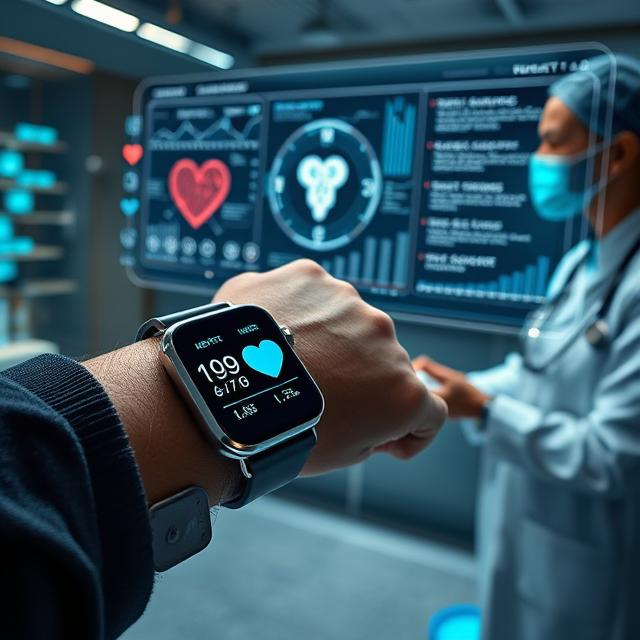How Wearable Technology Has an Impact on Preventive Healthcare and Wellness
Wearable technology has grown from a fitness fad to a game-changer in preventive healthcare and wellness. Smartwatches, fitness trackers, and health monitors now do more than just count steps—they help users keep tabs on their health spot potential problems , and boost overall well-being. Let’s dive into how wearables are changing healthcare and what lies ahead for this tech.
What is Wearable Technology?
Wearable technology includes smart gadgets you wear on your body, like smartwatches, rings, and health-monitoring patches. These devices come packed with cutting-edge sensors that gather health data in real-time giving you insights into vital signs how active you are, and your overall wellness.
How Wearables Help Prevent Health Problems
**Spotting Health Issues **
Wearables keep an eye on important health signs like heart rate, blood pressure, and oxygen levels. When they notice something odd, they can tell users to see a doctor before things get bad. This could stop serious problems like heart attacks or strokes from happening.
Always Watching Your Health
Regular check-ups with doctors give a quick look at your health. But wearables watch all the time. This non-stop watching helps find patterns and strange things that doctors might miss during normal visits.
Health Tips Just for You
Wearables look at your own health patterns and give advice that fits you. They might suggest changes to what you eat how you work out, or how you sleep based on what they see happening right now.
Better Chronic Condition Management
People with ongoing health issues like diabetes or high blood pressure can use wearables to track their glucose levels, blood pressure, and other key health signs in real time. This helps them take care of themselves better and stick to their treatment plans.
Promoting Healthy Habits
A lot of wearables come with features to set goals, remind you to move, and give you a boost of motivation. These tools help users stay active and keep up a healthy way of life.
How Wearables Help with Wellness
Fitness Tracking
Wearables count your steps, figure out how many calories you’ve burned, and measure how hard you’re working out. This helps users keep an eye on their fitness goals and get the most out of their exercise routines.
Sleep Monitoring
Sleep trackers look at how long you sleep and how well you sleep. They give you tips to improve your sleep habits and help you feel more rested overall.
Stress Management
Wearables track stress levels by measuring heart rate variability and other signs. This helps users spot what causes stress and start using calming methods like meditation.
Health Data Integration
Most wearables link up with health apps. This brings together info from different places to give users a full picture of their health.
The Future of Wearable Technology
Advanced Health Sensors
Tomorrow’s wearables will have better sensors. These could check more health stats such as blood sugar and how much water is in your body.
AI and Machine Learning Integration
Wearables with AI-powered analysis will make better health predictions. They’ll also give advice tailored to each person. This will make preventing health issues even more hands-on.
Mental Health Monitoring
The next wave of wearable devices will zero in on mental well-being keeping tabs on emotions, tension, and brain performance to give tailored health guidance.
Smooth Connection
Upcoming wearables will blend more with medical gear, health files, and remote doctor services building a more linked-up health care system
